
Artichoke (Cynara scolymus L.) belongs to the plants of the Aster family. Among its “relatives” are not only the above-mentioned thistle, but also dandelion and sunflower.
There are several versions of the origin of its name. According to one of them, the Latin word supaga is taken from the Greek language and means “dog”, because the sharp scales on the bud resemble fangs.
On the other hand, the Italian word cocali (pine cone) has been transformed into articiocco, or it is borrowed from Arabic, which has a similar sound and is translated as “earth thorn”.
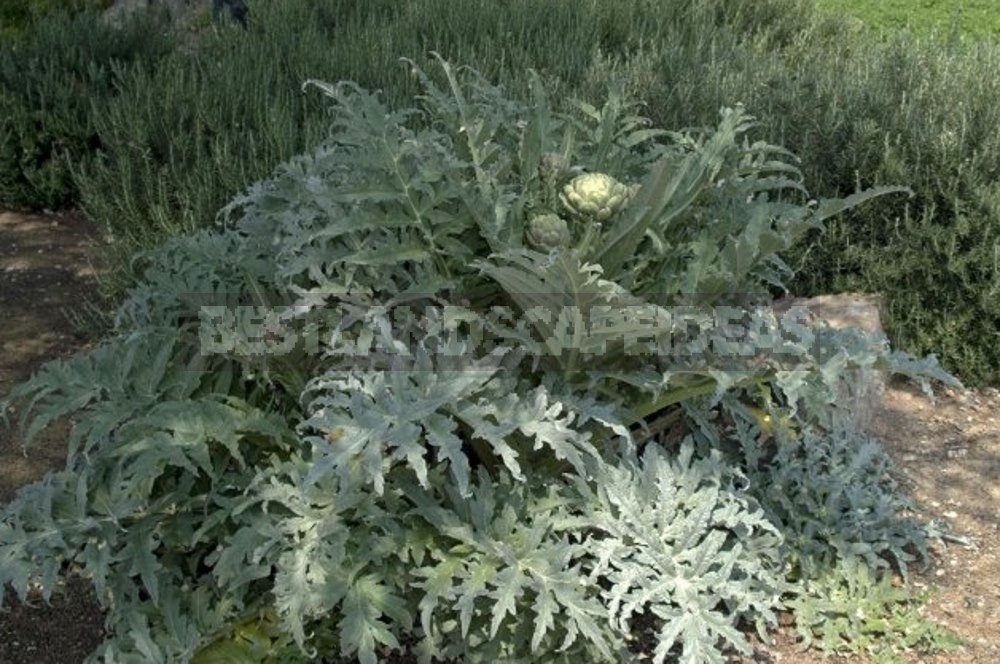
One way or another, but all these words are related to the appearance of artichokes. Their buds really resemble cones or thorns and can grow the size of a large orange. Large gray-green leaves have a pinnately dissected shape.
And the plant itself is not small: in height it can reach 1.5 m (5 ft), and in width-more than 1 m (3.2 ft). On one bush during the season, more than a dozen “cones” are formed, which taste like an unripe walnut.
Out of a dozen species of artichokes, only two are eaten: cardon (Cynara cardunculus) and prickly artichoke (Cynara scolymus). The first is called Spanish artichoke, the second – French.
Features
This plant, which resembles a giant six-foot thistle, blooms only in June and July in large (10-20 cm/4-7.9 inch) inflorescences-baskets covered with prickly scales on the outside and filled with purple flowers inside.
Images of the artichoke were found in the ruins of a temple near Thebes. In ancient Greece and Rome, it was revered above all other vegetables and was considered a delicacy. In the food consumed, an expanded container (bottom) with wrapping leaves, which tastes like unripe walnuts (salads, sauces, mashed potatoes, canned food), dry leaves (medicinal tea), as a valuable dietary product, especially for weight loss.
Artichoke was considered not only a vegetable delicacy, but also a powerful tool for arousing tender feelings. And some ladies turned to him for help to seduce their beau. For medicinal purposes, inflorescences with antisclerotic, choleretic, diuretic, mild laxative, antidiabetic effects are used. But be careful, it is contraindicated in case of intestinal inflammation.
Translated from Italian, artichoke means pine cones, which it resembles in the shape of blooming buds. In the 19th century, fountains in the form of unopened artichoke baskets were popular in shallow water. A fountain made of white marble, preserved in the Livadia Park.
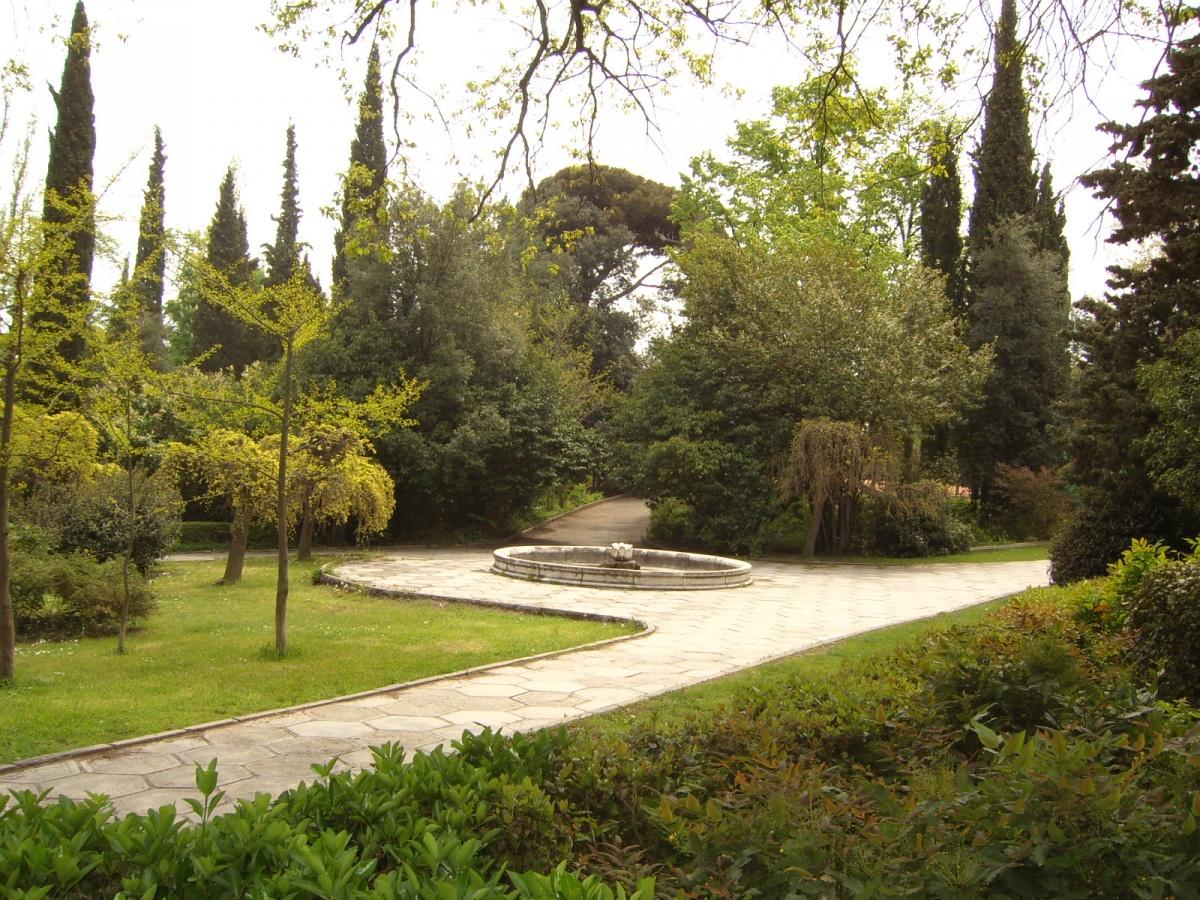 .
.
Artichoke is grown as an annual thermophilic plant. When sowing seeds in May, it does not always have time to bloom, so it is grown through seedlings (seeds are sown in February).
Artichokes are best planted in small groups in rocky gardens as focal elements in the flower bed. Prefers fertile, moderately moist, permeable soils with a neutral reaction. The optimal area of plant nutrition is 60 x 70 cm (2×2.3 ft), the sowing depth is 6 cm (2.4 inch). In one place, it is better to grow no more than 4 years.
How to grow Artichoke?

Although the artichoke looks like a thistle, but it is quite demanding on the growing conditions. The culture needs good lighting, because due to the lack of light, flower buds develop worse. It grows better and develops on sandy, well-drained soils with a small alkaline reaction.
Due to the fact that artichokes are heat-loving plants, you should choose a place for them on the south side, so that it is protected from the cold wind. The best precursors for them will be root vegetables, potatoes, legumes and cabbage.
In the middle zone, this perennial is grown as an annual crop. Artichoke seedlings are planted in the ground.
There are two ways to plant artichoke seeds on seedlings: with and without springization.
Sowing seeds for seedling production

Springization leads to faster fruiting. It is suitable if you plan to grow the plant as an annual.
In early February, put the seeds in moist, warm sand, cover them so that they begin to germinate. The room temperature must be at least 22°C (71°F). Spray them with water every day so that the soil does not dry out. After 7 days, when the seeds hatch, put the box with them in the refrigerator for two weeks at a temperature of about 0°C (32°F). Darkening of the ends of the roots is a sign that they can be sown in pots.
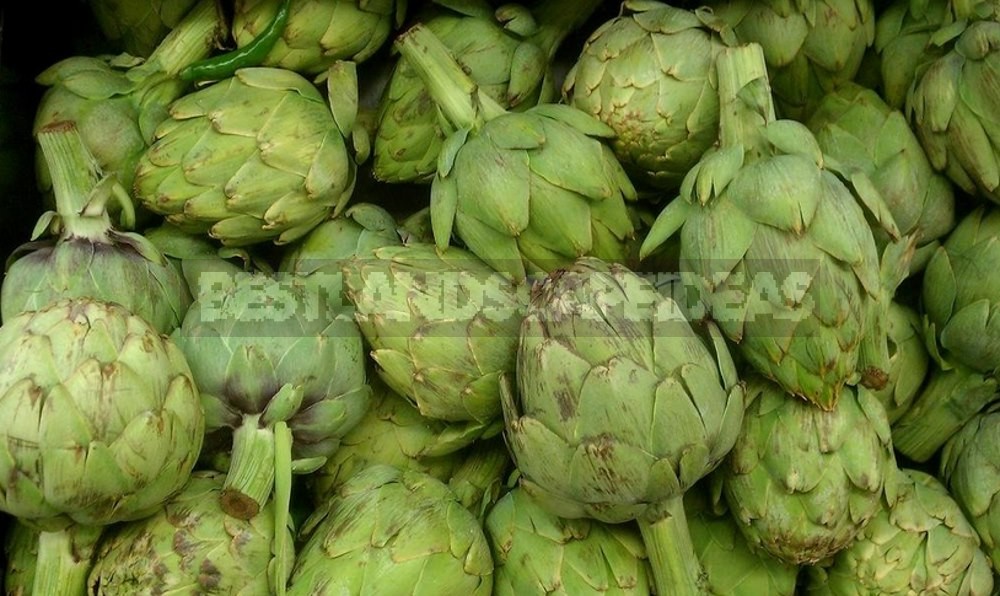
You can grow artichoke seedlings without spring seedling. To do this, soak them for a day in a glass of water. Then place the seeds in a wet cloth or cotton cloth and germinate in the usual way. The temperature should be the same as during springization. After a week, when the seeds begin to germinate, plant them in a container for seedlings with a prepared mixture of garden land, humus, sand and peat, taken in equal parts.
Growing artichoke seedlings

After the artichoke seeds take root and release the first real leaf, they should be dived, i.e. transplanted into separate pots. The size of the new containers (peat pots or glasses) should be at least 0.5 liters (0.13 gal), because the seedlings will grow significantly by the time they are planted in the open ground.
When transplanting, pinch the tip of the root to stimulate the formation of lateral roots. Seedlings usually take root well. Care for it is normal: regular watering and fertilizing 2 weeks after the transplant with a solution of mullein (1 liter (0.26 gal) per bucket of water).
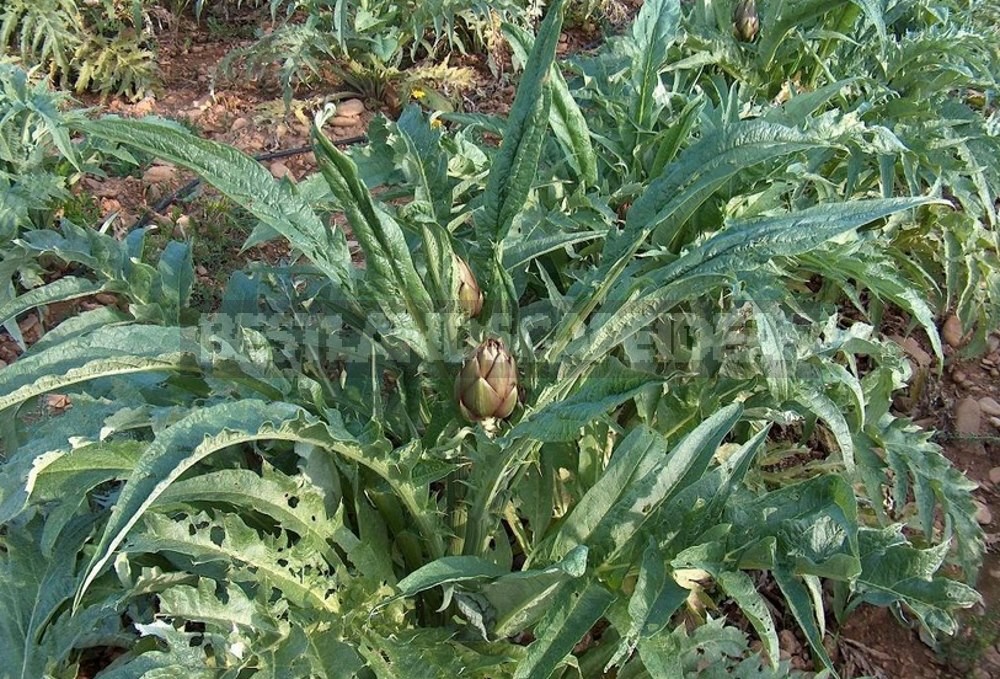
Before planting in the open ground, the seedlings should be tempered. To do this, take it out to the balcony or outdoor terrace, gradually increasing the time of the plants ‘ stay in the open air.
When the seedlings are two months old and they will grow 4 real leaves, and this will be around the beginning of June, the seedlings can be planted in the open ground.
It is not necessary to hurry with the planting of artichoke seedlings in the open ground, because the plant is afraid of frosts, which can damage the growth point. At temperatures below -1° (30.2°F) the flowers can die off. Therefore, you should stock up on covering material.
To make the soil warm up better, for a thermophilic culture, make ridges about 20 cm (7.9 inch) high. In them, at a distance of 70 cm (25.5 inch) from each other, dig holes, at the bottom of which lay a drainage (10 cm – 4 inch) of broken bricks or pebbles and the same soil mixture as for seedlings.
Transfer the seedlings to the pit together with the earthen lump, burying the root neck for a few cm. In one hole, plant two plants at once. After disembarking, water them thoroughly.
Artichoke Care
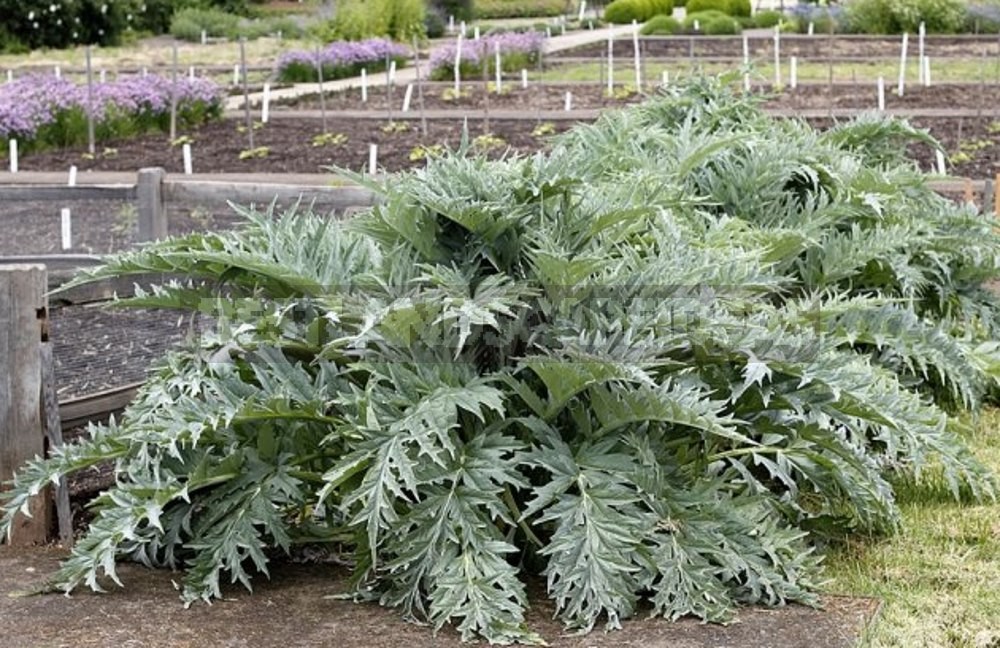
In the care of these plants are undemanding. They only need regular watering, fertilizing throughout the growing season, weeding, loosening the soil and protection from pests.
Watering is very important for the plant, because it affects the quality of its baskets. To make them tender, the culture should be irrigated at least twice a week, pouring half a bucket of water under the bush. The next day after watering, the plants need to be loosened so that the necessary amount of air enters the roots.
Mulching will save artichokes from overheating and moisture loss.
Every two weeks, feed them with herbal infusion (1 liter – 0.26 gal per bucket of water) and mineral fertilizers. Carry out foliar fertilizing as well. Once a month, spray the plants with a special solution (25 g (0.9 oz) of superphosphate, 10 g (0.35 oz) of potassium sulfate and 100 g (3.5 oz) of wood ash per bucket of water).
Among the pests, slugs and aphids are particularly annoying to artichokes. Collect them by hand or use chemicals from specialty stores.
Harvesting
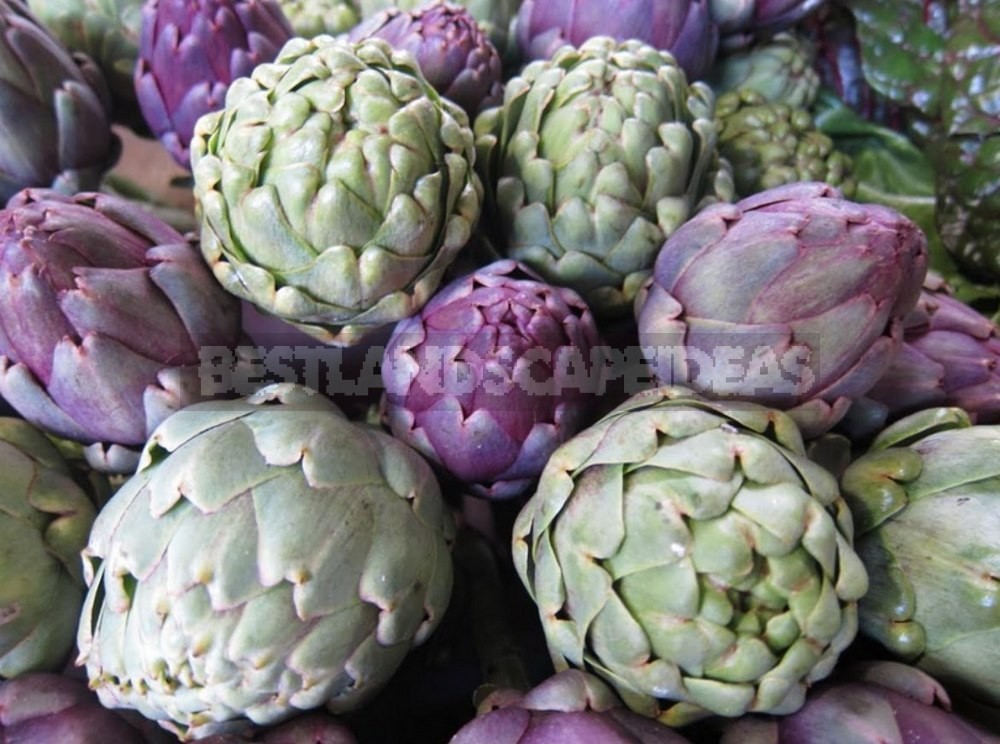
The crop should be harvested during their technical maturity, i.e. at the time of opening on the inflorescence of the upper scales. Therefore, when flower stalks appear on the plants, you need to carefully monitor them, because the blooming flowers become hard and unfit for food.
If you want the baskets to grow larger, leave 3 flower stalks on the plant and no more than 4 baskets on each, remove the rest.
Artichoke cones do not ripen at the same time, they are cut off, capturing part of the peduncle, and stored in a cool room.
At a temperature of about 1°C (33.8°F), artichokes can be stored for up to three months, and at 12°C (53.6°F) -no more than 4 weeks.
Artichoke Varieties
There are a lot of them, of course, but I will give as an example two very good varieties — early and medium.
Purple Early

The height of the bush is only about 70 cm (2.2 ft); when the heads appear, they are green, when ripe they turn purple, the scales are prickly.
Cardoon Spanish
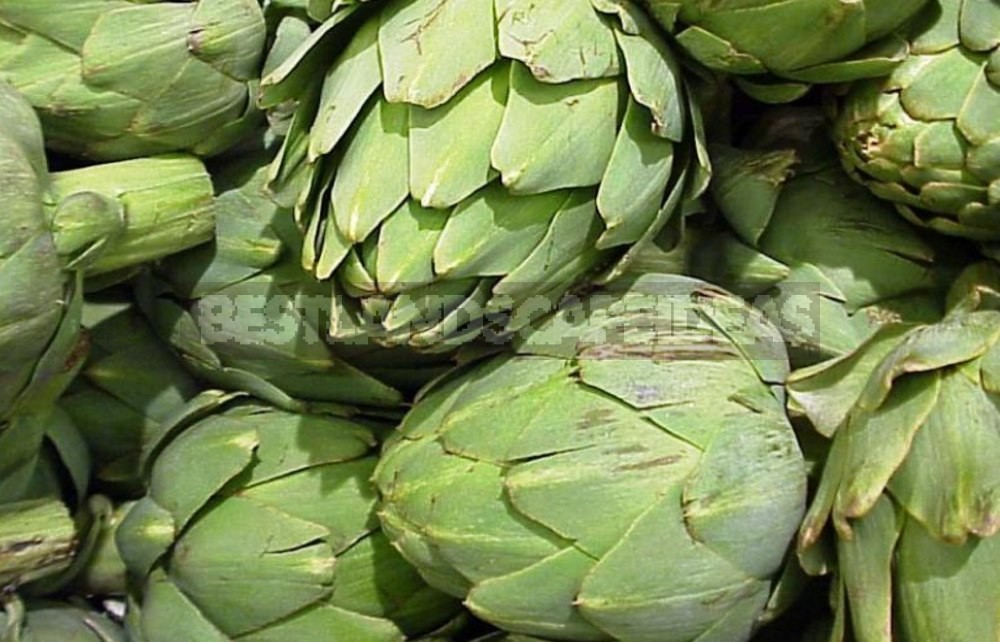
The growing season is 130-140 days. A perennial plant up to 1.5 m (5 ft) tall, branching weakly. In the middle zone of Europe and the northern states of America, it is cultivated as an annual, necessarily with the use of seedlings, otherwise it may not bloom. The plant has about 12 inflorescences. The inflorescence is rounded, up to 12 cm (4.7 inch) in diameter, the mass reaches 120 g (4.2 oz).
Useful Features
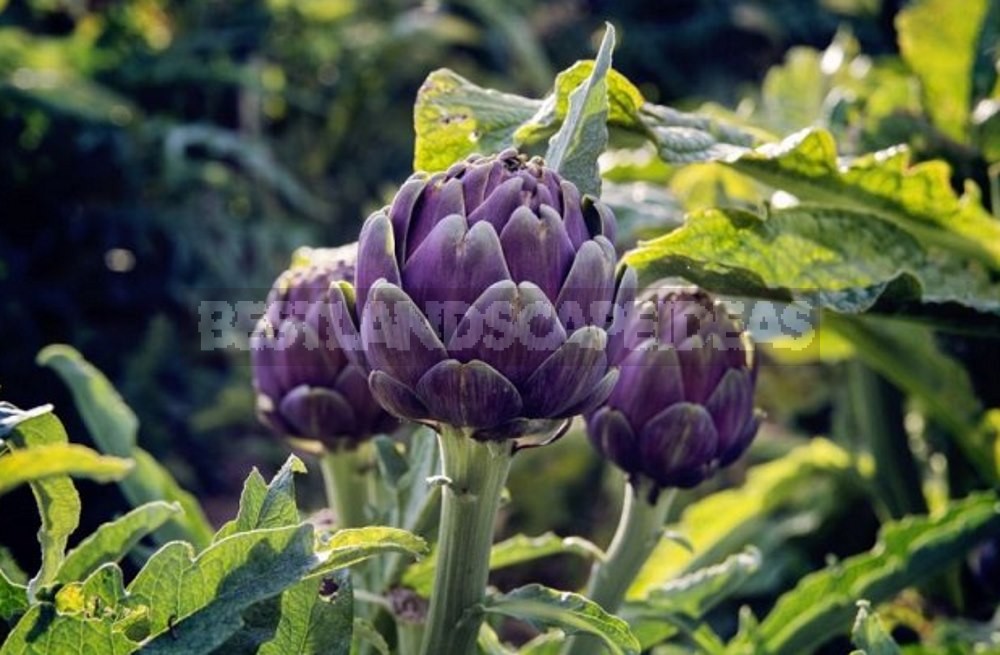
Artichokes are rich in vitamins C, E, K, group B and minerals (phosphorus, potassium, calcium, iron, zinc and magnesium). Plants are also among the leaders in the content of antioxidants. Artichoke is able to reduce the level of cholesterol and sugar in the blood, as well as blood pressure, has diuretic and choleretic effects, improves the functioning of the digestive tract.
Medicines based on artichoke leaves are used in the treatment of allergies, liver and kidney diseases.
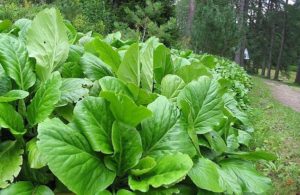



Leave a Reply